Managing Liquid Waste Disposal in Healthcare – A Compliant Approach
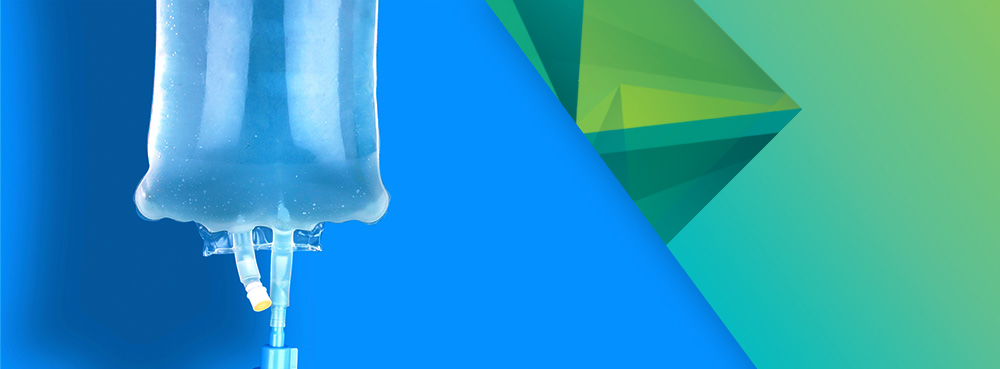
Have you ever been tempted to dispose of an item without draining or solidifying the liquid contents first? It may save a little time in the moment, but it comes at a cost.
Non-conformances in liquid waste management are becoming more commonplace, highlighting the need for improved practices. Proper liquid waste management is a critical aspect of healthcare operations, essential for preventing contamination, protecting the environment, and complying with regulatory standards.
To help combat this trend, we’ve put together this healthcare liquid waste management guide to address some common issues and provide best practice solutions.
TOPICS WE WILL COVER:
1 / Understanding Liquid Waste in Healthcare
2 / Non-Conformance Hotspots in Liquid Waste Management
3 / Common Issues and Best Practices
4 / Can Liquids be Disposed of in the Offensive Waste Stream?
5 / The Consequences of Getting Liquid Waste Disposal Wrong
7 / Are You Looking for Healthcare Waste Guidance?
Understanding Liquid Waste Disposal in Healthcare
Liquid waste in healthcare settings can be broadly categorised into two types:
- Solidified Liquids: Liquids that have been solidified using gels or granules.
- Unsolidified Liquids: Liquids that cannot be solidified or have not been solidified.
When it comes to unsolidified liquids, we can break this category down a little further:
- Items containing residual pharmaceuticals: Dispose of in the yellow-lidded sharps waste stream. Items that contain pharmaceuticals must not be placed in the orange or tiger bags.
- Items containing residual liquids (non-pharmaceutical): The item must be drained to foul sewer/sluice or absorbed into suitable absorbent material prior to disposal – use the orange waste stream if the patient is infectious. Items containing free-flowing liquids must not be disposed of in bagged waste streams.
Typical examples of acceptable sewer discharges:
- Liquid offensive wastes such as urine, liquid faeces and vomit.
- Body fluids such as blood and similar potentially infectious substances from items like suction canisters or wound drains.
Non-Conformance Hotspots in Liquid Waste Management
Several areas within the healthcare environment are particularly prone to non-conformances when it comes to liquid waste management:
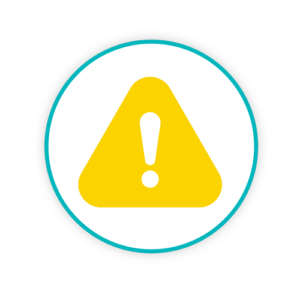 Critical Care: Improper disposal of CVVH (Continuous Veno-Venous Hemofiltration) fluids can lead to contamination risks.
Critical Care: Improper disposal of CVVH (Continuous Veno-Venous Hemofiltration) fluids can lead to contamination risks.- Renal Dialysis: Dialysis circuits, if not properly drained and disposed of, can pose environmental and health hazards.
- Theatres: Prefusion kits, often containing residual medications, must be handled and disposed of correctly.
- Urology: Urology suction containers may contain bodily fluids and require careful disposal.
- Wards: Suction containers, chest drains, rocket drains, and pleural drains can generate significant volumes of liquid waste, which must be managed appropriately.
- Microbiology: Autoclaved lab waste, while sterilised may still contain residual liquids and needs proper disposal.
- Oncology: Blood bags from procedures such as a venesection which contain a whole unit of blood from a patient and should be disposed of as anatomical waste.
Keeping a close eye on liquid waste management within these specific areas and ensuring all staff are trained and informed on best practices can significantly reduce the risk of non-conformances. This will give you peace of mind that you’re operating in compliance with regulations.
Common Issues and Best Practices
Suction Containers and Drains
Common Issue:
- Improper disposal of suction containers, often with residual liquid left inside.
Best Practice:
- Ensure liquid is solidified using the correct gel or granules. If the liquid cannot be solidified (i.e. rocket drains), dispose of the unit in a rigid container.
Reminder:
- Solidified liquids can be disposed of in the correct bagged waste stream, unsolidified liquids must be disposed of in the correct rigid container waste stream.
Items Containing Pharmaceutical Liquid Residues
Common Issue:
- Incorrect disposal of IV lines and syringes containing residual pharmaceuticals.
Best Practice:
- Dispose of items containing residual pharmaceuticals in the yellow-lidded sharps waste stream.
Reminder:
- Avoid placing these items in the orange bag clinical waste stream or the tiger stripe offensive waste stream.
Items with Non-Pharmaceutical Liquid Residues
Common Issue:
- Improper disposal of non-pharmaceutical liquids, such as saline and glucose and nominally empty blood bags.
Best Practice:
- Drain the item’s contents into the foul sewer/sluice or absorb it into suitable absorbent material before disposing of the item into the offensive waste stream. Use the orange clinical waste stream if the patient is infectious.
Reminder:
- Never dispose of items containing free-flowing liquids into bagged waste streams.
Can Liquids be Disposed of in the Offensive Waste Stream?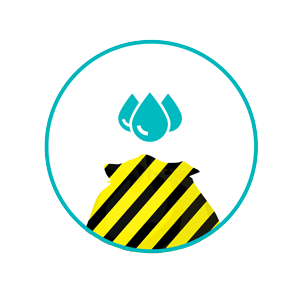
According to the Health Technical Memorandum (HTM) 07-01:
It’s typically acceptable to dispose of liquid offensive wastes such as urine, liquid faeces and vomit to the sewer. Non-pharmaceutically active liquids should not be placed in the offensive waste stream if they still contain free-flowing liquid. Instead, they should be either:
- Emptied into the foul sewer in your facility
- Absorbed into a suitable absorbent material
- Solidified using gelling granules
The Consequences of Getting Liquid Waste Disposal Wrong
One of the most common consequences of incorrect liquid waste disposal in healthcare results from free-flowing liquids being placed into tiger-striped offensive waste bags. Once the bags are collected and compacted they may pop and leak liquid everywhere.
For offensive waste disposal, free-flowing liquid is a big non-conformance and by failing to comply you may lose access to your energy-from-waste treatment outlet.
If that happens, your waste service provider will be forced to classify and treat all of your offensive waste as orange infectious waste. This means increased costs for treatment and a higher carbon footprint.
Can you afford to lose your offensive waste outlets on your route to Net Zero?
Key Takeaways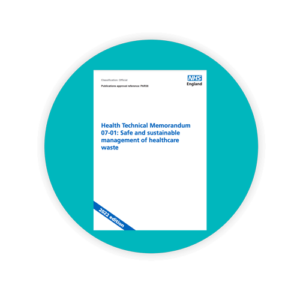
By adhering to HTM 07-01 guidelines and following best practices in alignment with your waste service provider, you can effectively manage liquid waste, reduce the risk of contamination and ensure compliance with regulations.
- Understand liquid waste categories: Differentiate between solidified and unsolidified liquids – as well as items containing residual pharmaceuticals and non-pharmaceutical residual liquids – and their appropriate disposal methods.
- Identify high-risk areas: Pay close attention to areas like critical care, renal dialysis and surgery, where liquid waste management is particularly crucial.
- Prevent free-flowing liquids: Ensure that liquids are solidified, drained or absorbed before disposal in waste bags. If unable to solidify, dispose in appropriate rigid containers.
Are You Looking for Healthcare Waste Guidance?
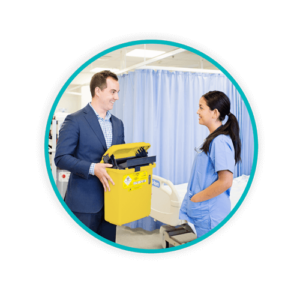
At Sharpsmart, we’re behavioural change experts with a proven track record of helping clinical staff achieve and maintain compliance for healthcare facilities across the UK.
Whether you’re looking for some guidance on classifying and packaging your waste or a reliable clinical waste disposal service that puts you first, we’re here to help.
Our inside-the-four-walls approach and optimised waste management solutions empower healthcare staff to manage waste safely, sustainably and in compliance.
If you’d like to discover how we can help improve your waste management, please don’t hesitate to get in touch.
Let's Talk!
Your time is valuable, and we don’t want to play hard to get. You can either phone us directly on the details listed on our contact page, or feel free to fill out this short form and one of our team members will get back to you as quickly as possible.
